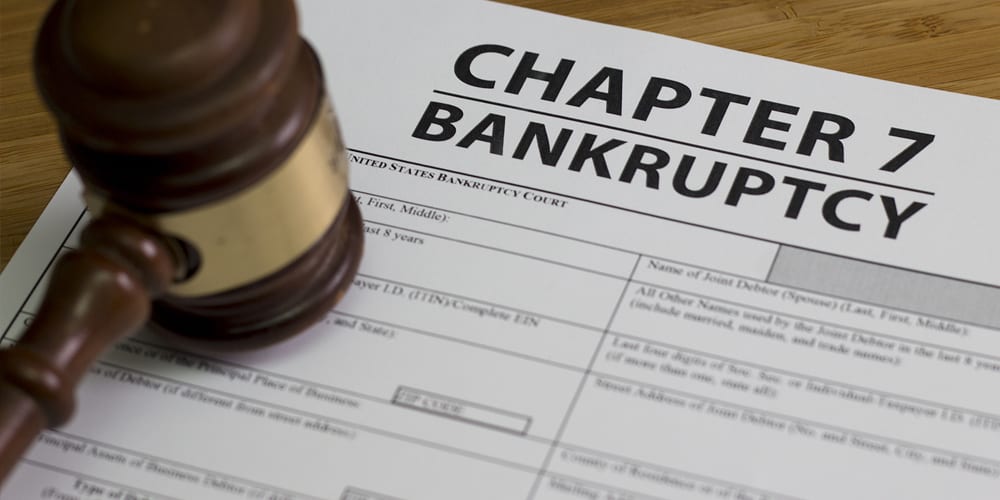In the world of business finance, debits and credits are the cornerstones of accounting. They represent the two sides of every financial transaction, ensuring a balanced record of a company’s financial health. While debits often grab the spotlight, credits play an equally important role. Let’s delve into what credits signify and how businesses use them to record specific events.
What is a Credit?
A credit, in accounting terms, reflects an increase in liabilities or equity accounts, or a decrease in assets or expense accounts. It essentially signifies a source of value for the business. Here’s a breakdown of when credits come into play:
- Increased Liabilities: When a business incurs a debt, like a loan from a bank, a credit is used in the accounts payable account. This reflects the company’s obligation to repay the borrowed funds https://agrisizhemoroidtedavisi.com/.
- Increased Equity: If an owner invests additional capital into the business, a credit is recorded in the owner’s capital account. This signifies an increase in the owner’s claim on the company’s assets.
- Decreased Assets: When a business sells an asset, a credit is used in the corresponding asset account (e.g., equipment, inventory). This reflects the decrease in the value of that asset.
- Decreased Expenses: Certain expenses, like revenue received in advance for services not yet rendered, are initially recorded as liabilities. As the service is delivered, a credit is used in the expense account to reflect the “using up” of that liability.
Examples of Credits in Action:
- Selling on Credit: When a business sells products or services on credit (i.e., customers pay later), a credit is used in the accounts receivable account. This represents the claim the business now holds on the customer for payment.
- Returning Inventory: If a customer returns purchased inventory, a credit is used in the inventory account to reflect the returned goods coming back into the company’s possession.
- Paying Off Debt: When a business settles a loan, a credit is used in the accounts payable account to represent the reduction in debt.
Understanding Credits is Key
Credits, along with debits, form the foundation of double-entry bookkeeping, a system that ensures every transaction is recorded twice – once on the debit side and once on the credit side, with equal and opposite amounts. This maintains a balanced accounting equation (Assets = Liabilities + Equity) and allows for accurate financial reporting.
By understanding how credits function, business owners and financial professionals can effectively record transactions, analyze financial performance, and make informed decisions about the company’s future.





